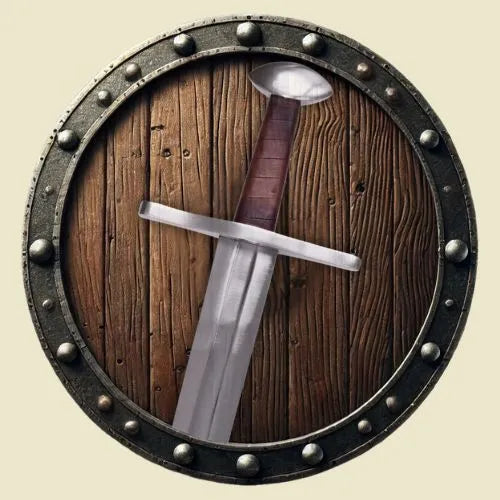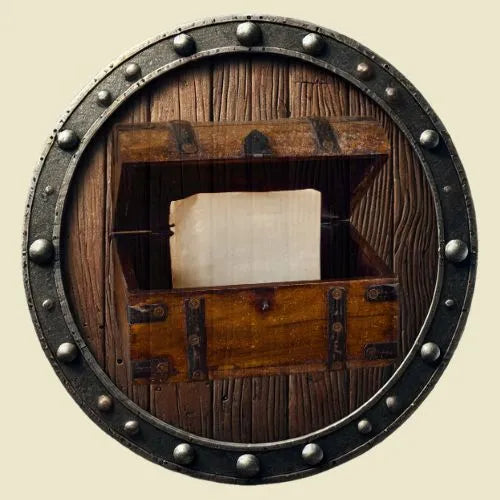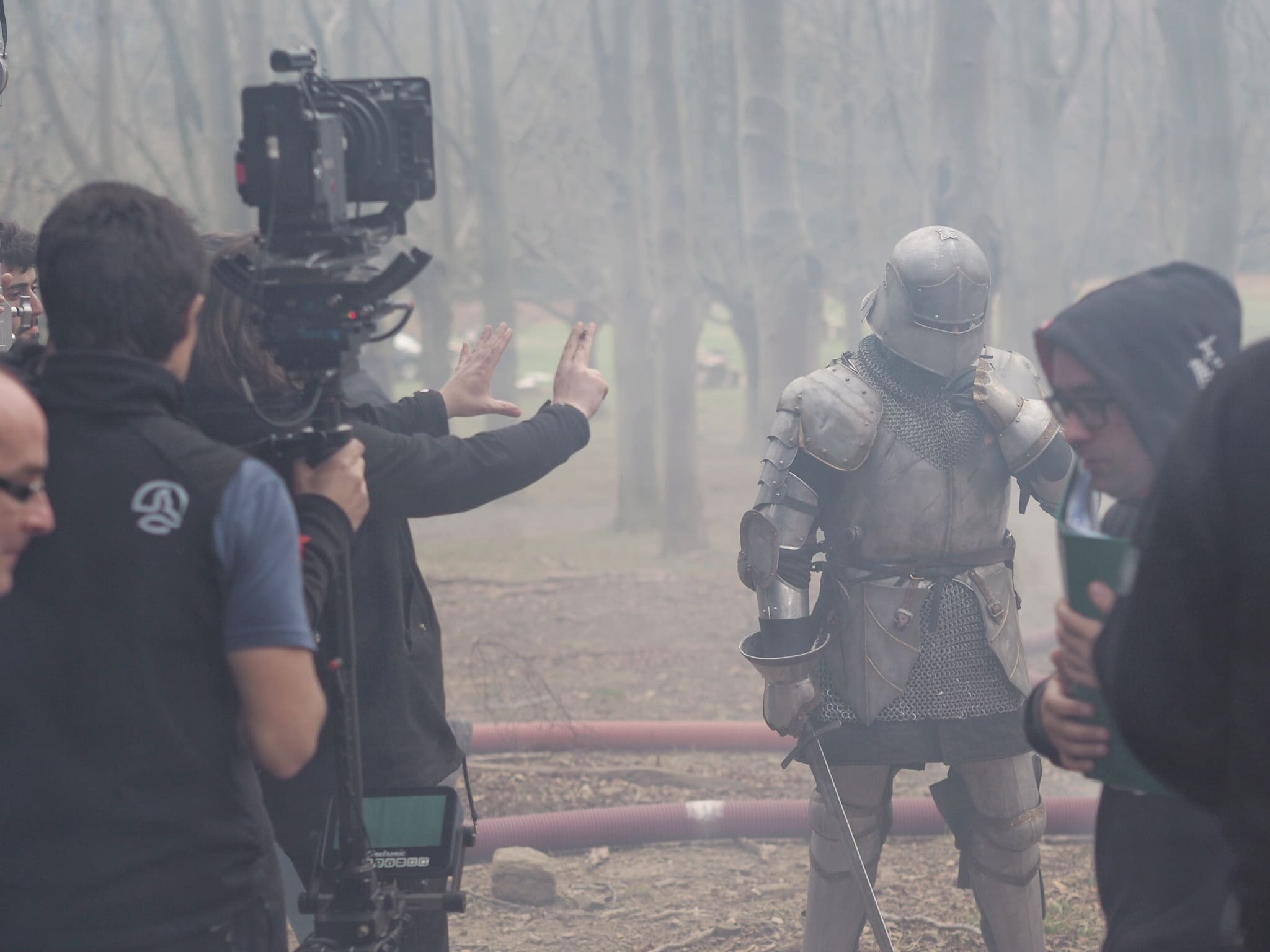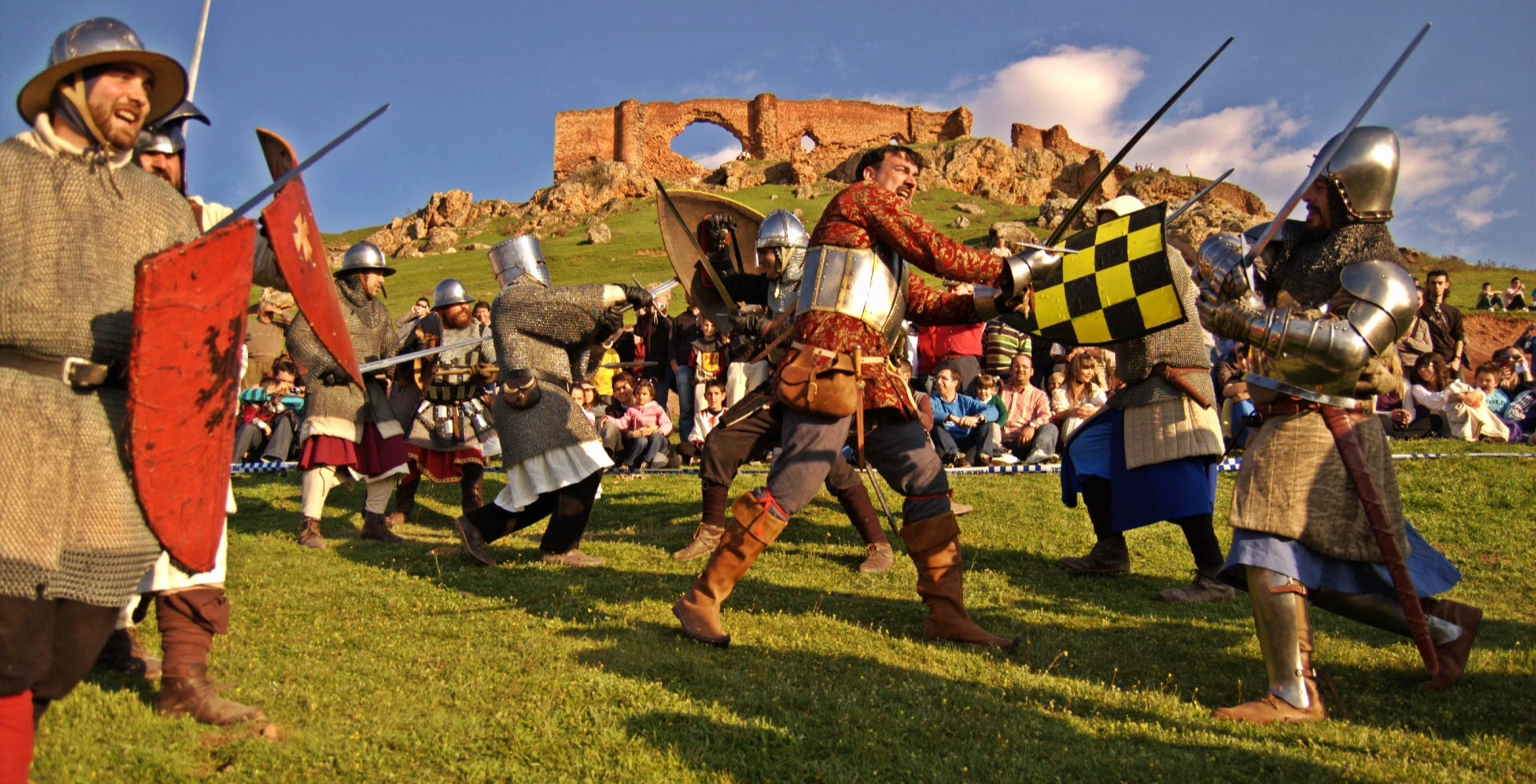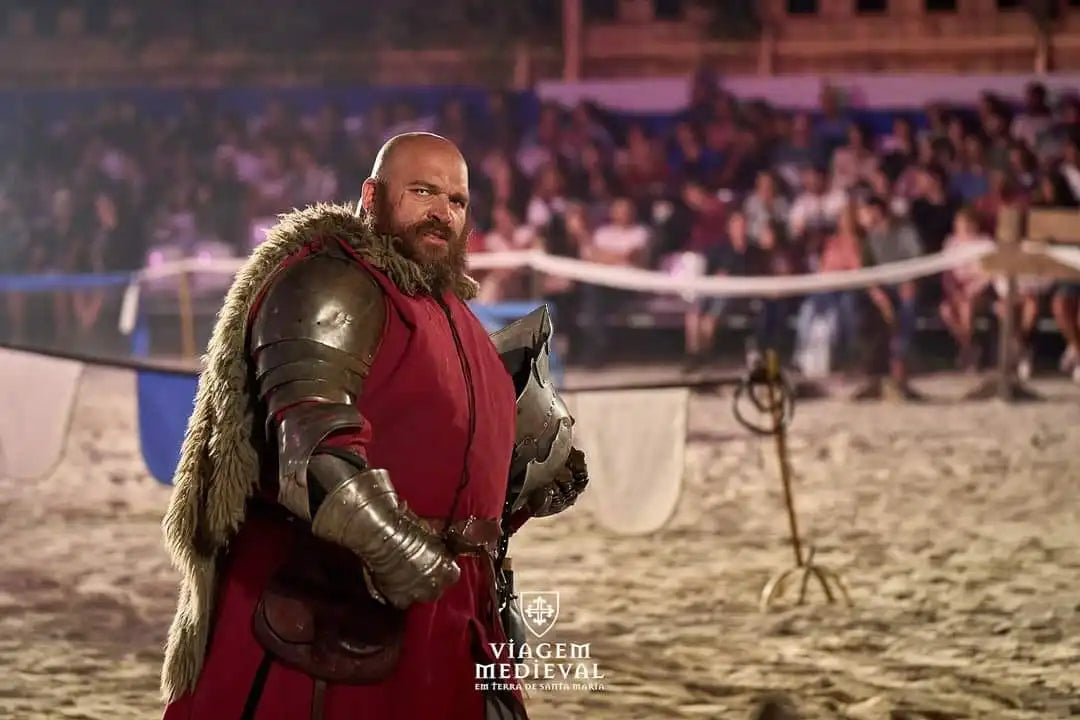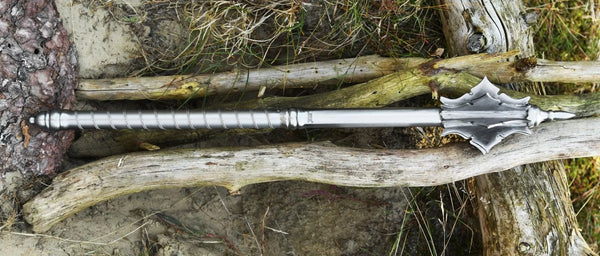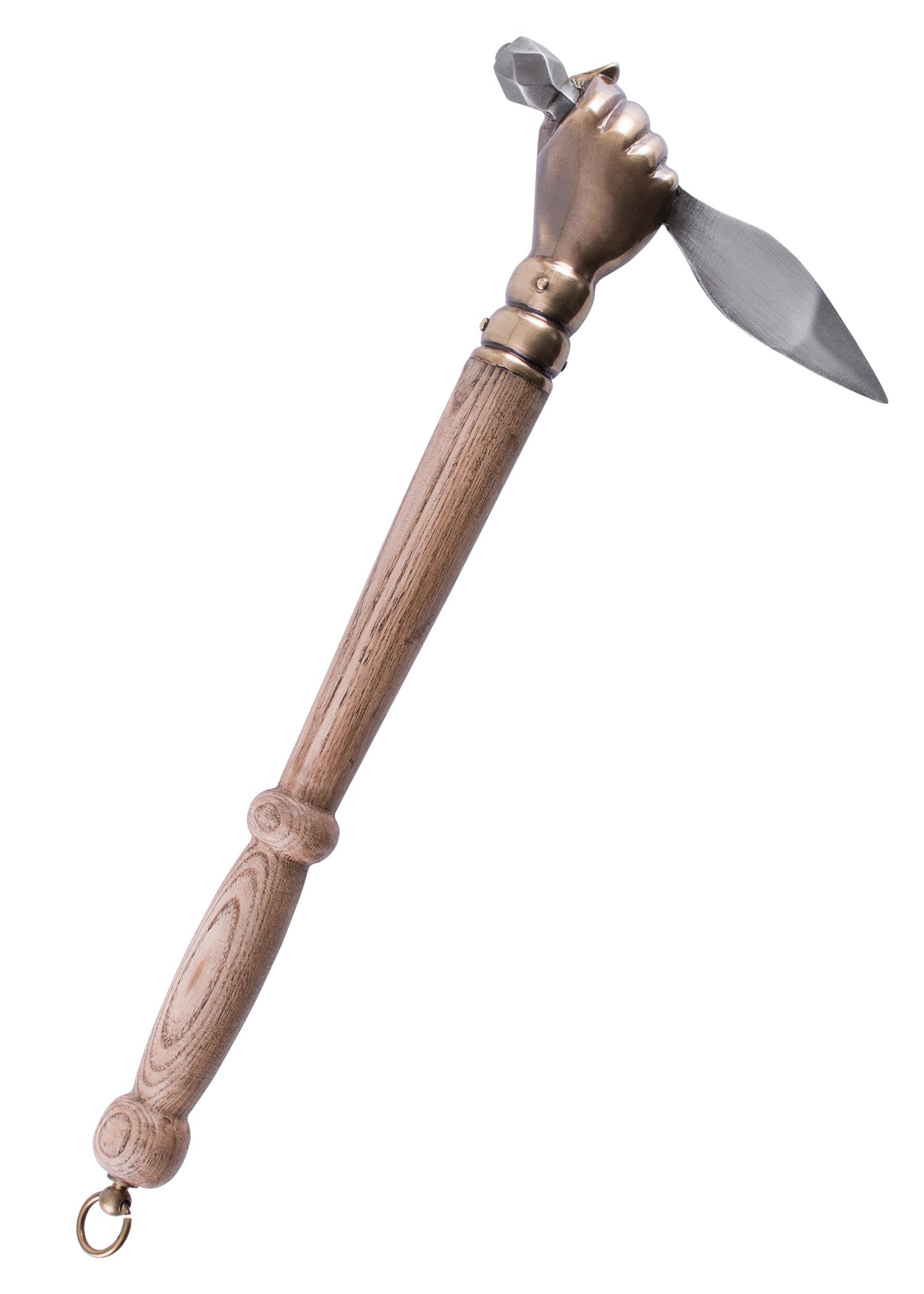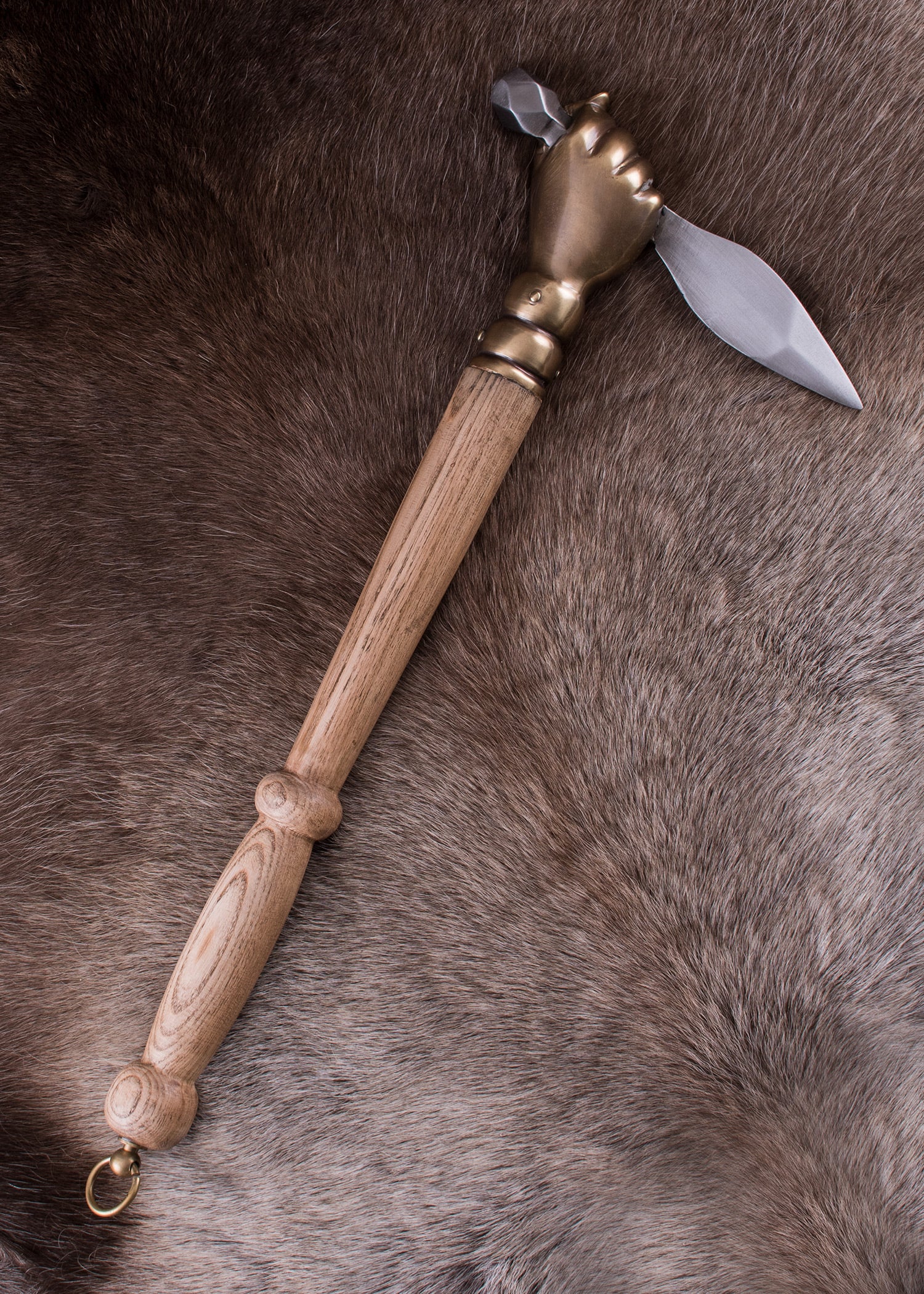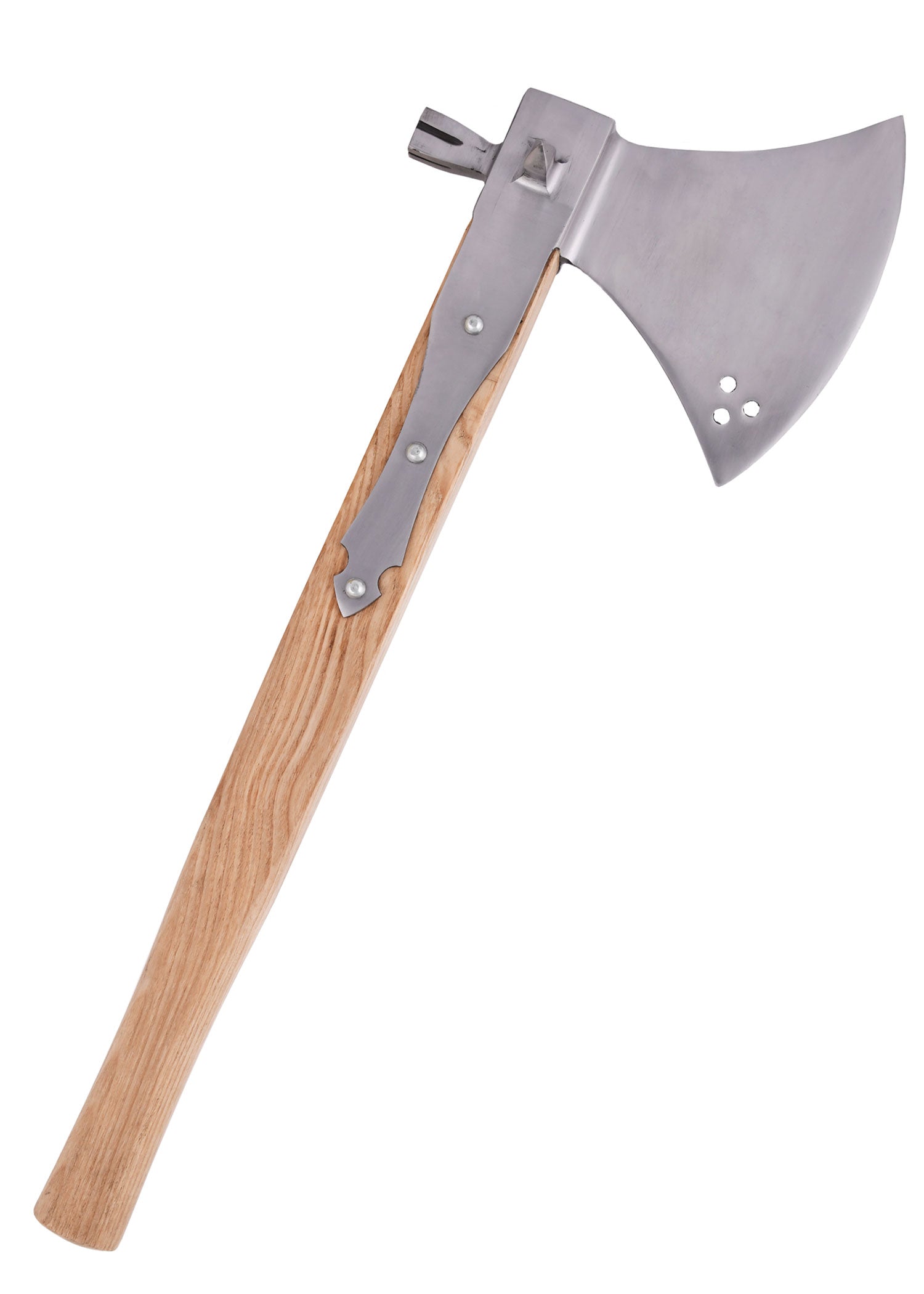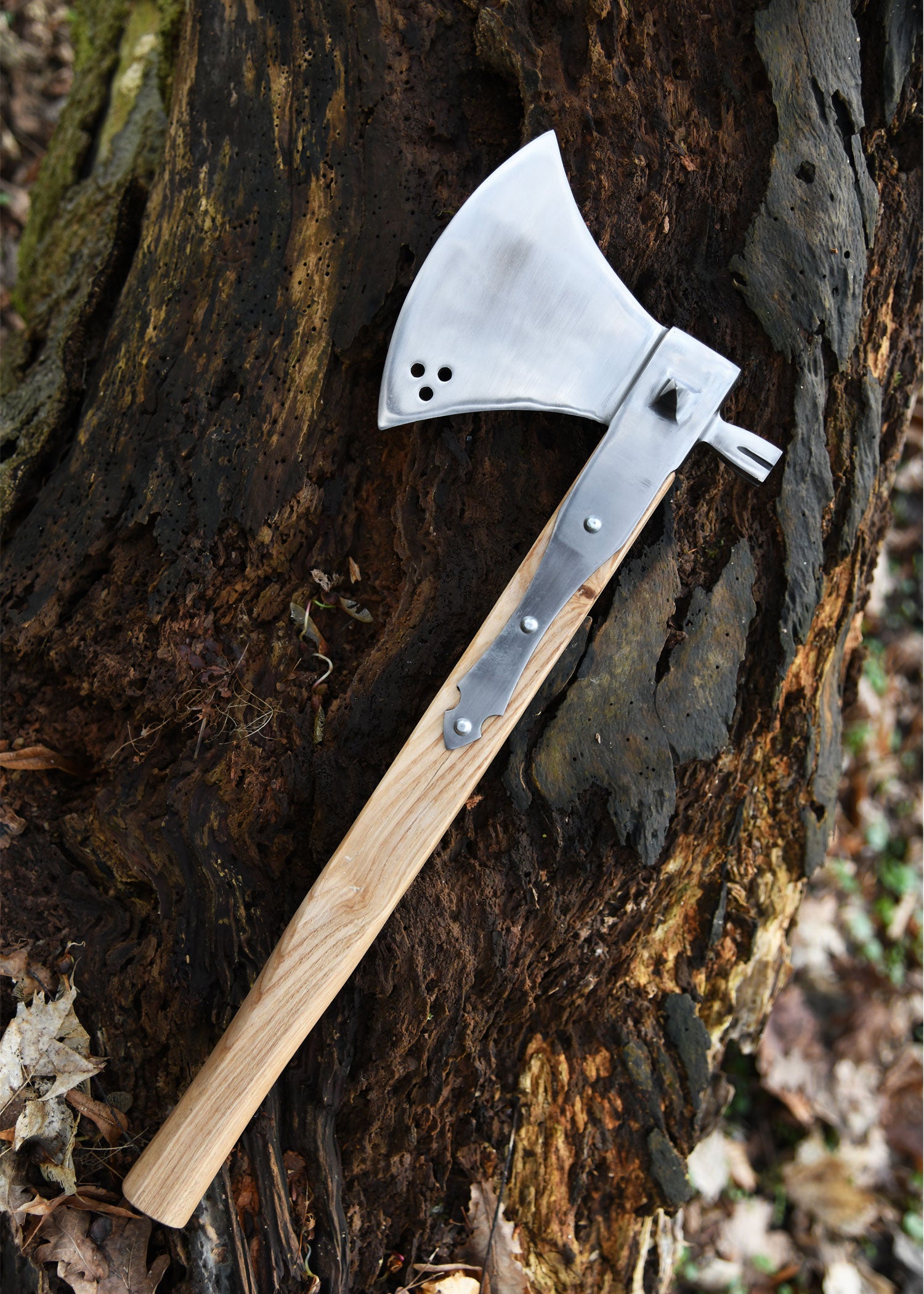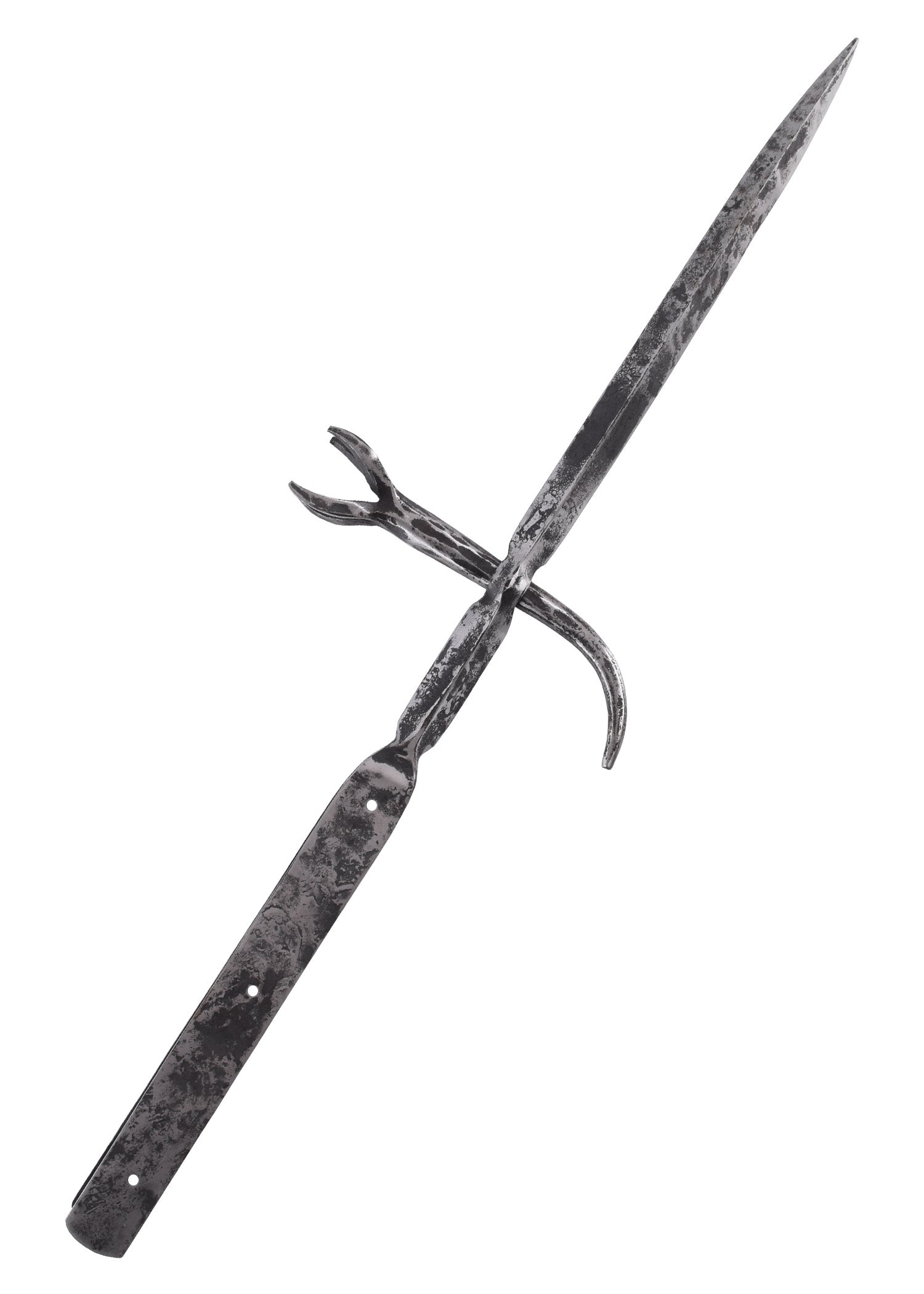Renaissance Polearms: Power and Versatility on the Battlefield
During the Renaissance (15th and 16th centuries) , polearms continued to be fundamental to warfare. Although gunpowder was beginning to transform fighting, pikemen and halberdier units played a key role in the infantry, combining range, strength, and tactical effectiveness .
Main types of Renaissance polearms
-
Pike : A long weapon, up to 5 meters long, used by pikemen to stop cavalry charges and maintain formation in combat.
-
Halberd : One of the most iconic weapons of the Renaissance, featuring an axe blade, spear point, and rear hook, perfect for striking, piercing, and hooking .
-
Partisan : Similar to the spear, but with a wider blade and side edges that allowed both thrusts and cuts .
-
Ranseur : A polearm with a central blade and two side prongs, designed to unblock and block enemy attacks .
-
Guisarma : With a curved blade and a hook, ideal for knocking down riders and hooking armor.
-
Voulge : Similar to an axe mounted on a long shaft, used for devastating blows against infantry.
Materials and manufacturing
-
Tempered steel blades : Designed to withstand impacts and pierce armor.
-
Reinforced wooden shafts : Usually made of ash or oak, to ensure strength without sacrificing maneuverability.
-
Metal reinforcements : Many weapons included iron reinforcements in the shaft for greater durability.
Differences with polearms from other eras and cultures
-
Greater specialization : Unlike more general medieval spears, Renaissance polearms had specific shapes for different tactical uses .
-
Use in organized formations : While in the Middle Ages many polearms were used individually, in the Renaissance they became essential for mass combat tactics , such as Swiss pikeman formations and Spanish tercios.
-
Decoration and prestige : Some polearms, especially the halberds of the royal guard, had ornamental designs with engravings and gilding , indicating rank and status.
Renaissance polearms marked an era of innovation in combat, combining versatility, range, and lethality . If you're looking for authentic replicas of pikes, halberds, or partisans for historical reenactment, collecting, or stage fencing , at Medieval Shop you'll find models faithful to the grandeur of the Renaissance.

